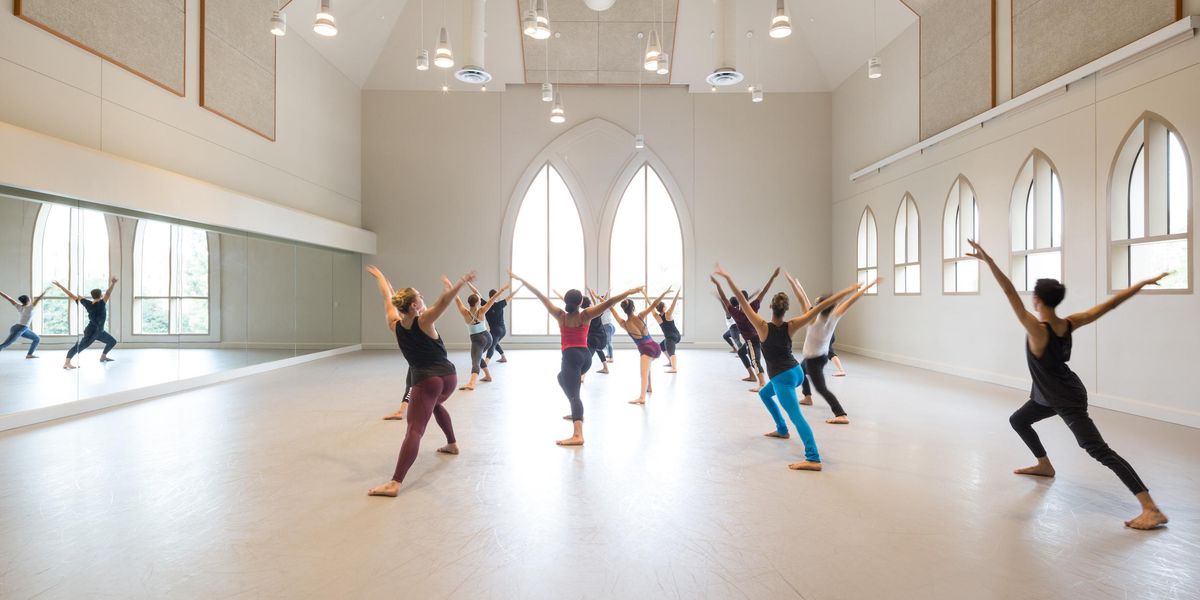Paris Opéra Ballet in a Nutshell
The Paris Opéra Ballet, known today for its high style, rigorous technique, and whiff of glamour, descended from Louis the XIV. Setting out to raise the level of dancing in his courts to a stage form, he founded the Royal Academy of Dance in 1661. The school he started in 1713 laid the groundwork for the company, making POB the oldest in the world.
Nineteenth-century ballet artists associated with the Paris Opéra Ballet include Coralli, Saint-Léon, and Petipa. Philippe Taglioni’s La Sylphide, with its white tutus and its elusive sylph (danced by his daughter, Marie Taglioni), ushered in the Romantic era.
Twentieth-century directors who revitalized the company include Serge Lifar, Rudolf Nureyev, and Patrick Dupond. The late Clive Barnes wrote in these pages that “Nureyev, rightly so, is given the credit for pushing the POB into the first rank.” It was Nureyev who commissioned Forsythe’s groundbreaking ballet, In the middle, somewhat elevated.
Now in the hands of former POB dancer Brigitte Lefèvre, the company is committed to both preserving its illustrious past and generating new energy. The dynamic Lefèvre has commissioned works by many contemporary dancemakers, including Preljocaj, McGregor, and Ratmansky. In only its seventh tour to the U.S., she aims to “offer a journey into three eras of dance—romanticism, neoclassicism, and modern dance.” Representing the first is Coralli and Perrot’s Giselle (created for POB in 1841). The “French program,” comprising Lifar’s Suite en blanc (1943), Maurice Béjart’s Bolero (1961), and Roland Petit’s L’Arlésienne (1974)—all to music by French composers—represents neoclassical. And Pina Bausch’s stunning dance/opera Orphée et Eurydice (1975) reflects the most current aesthetic of this tour.
Gillot as Myrta. Photo by Icare, Courtesy POB.




